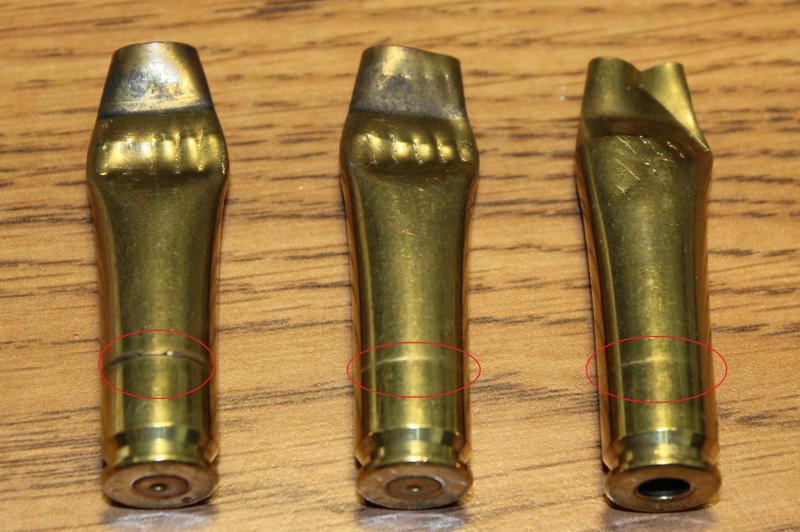No worries. It is just my curiosity. I don't expect a lot of movement either, or somebody must have been yelling bloody murder already.
Talking about the shoulder being bumped back, I remember there was wild debate on this forum while back. Some claimed the firing pin strike can set the shoulder back as much as 0.01". I find it difficult to accept, as the majority of the striker's energy should go to the primer, not the shoulder. But I didn't do experiment to verify either.
-TL
Talking about the shoulder being bumped back, I remember there was wild debate on this forum while back. Some claimed the firing pin strike can set the shoulder back as much as 0.01". I find it difficult to accept, as the majority of the striker's energy should go to the primer, not the shoulder. But I didn't do experiment to verify either.
-TL

